Today’s post is about the skill tree and little aspects that power each skill.
There are three categories of skills in the game:
Mastery: These skills increase your proficiency with a certain type of weapon. Higher proficiency means more stable damage with that specific weapon type.
Passive: Passive skills directly affect your character and do not need to be activated. They can apply permanent boosts to your stats or function as active skill prerequisites.
Active: Active skills are the kind you can use in battle to fight your enemies. They don’t always deal damage, sometimes they work like a passive skill, but with a temporary effect that only lasts a certain number of turns after being activated.
The screenshot below shows the details of an active skill (click for full-size).
Skills are also assigned types, which are there only so the player can quickly and easily identify what kind of active skill they are choosing in battle. The small icon in the top left corner of the skill hoverbox is the type indicator (click for full-size):
The one shown in the screenshot above (the lightning bolt), indicates “damage dealing.” There are six types of skills:
Heal: An active skill with this type assigned to it means that its primary role is to heal the player.
Buff: Active skills assigned that type will apply status effects that buff the player or other targets.
Debuff: Similar to the buff type, except the status effects that it would apply will debuff the target.
Damage Dealing: Those skills focus on dealing damage to the target.
Mastery: This type is usually only applied to skills of the “Mastery” category. Meaning you will never see this type in combat or on active/passive skills.
Bonus: This type is usually assigned to passive skills that apply a permanent bonus to the player. Such as a health or defence increase.
Of course, the type icons don’t indicate everything a skill can do. It is very possible that a skill can deal damage and apply a status effect, heal the player and damage the enemy, or even apply buffs and debuffs at the same time. The type icons are only there to indicate the primary role of a skill. If we think the players will mostly use a certain skill for its damage dealing aspect over the status effect it has a chance to deal, we will give it the “damage dealing” type.
(Click for full-size)
As you can see, clicking on a skill will show its details in the sidebar. Details include the skill’s level, description, target, cost, cooldown, blocks, power increase method, and a preview of what the stats will look like at the skill’s next level. You will also notice, towards the end of the gif, that the skills fade in and out. There are buttons outside the gif (visible in the previous two screenshots) that allow you to highlight skills based on their category and class. This will be useful when you reach a very high level and have a ton of skills visible in the tree.
There are a few skill details that need to be explained:
The cost will not always be NB (Nanobots, the “Mana” equivalent), sometimes a skill will cost HP or other stats, so you have to be careful when using skills!
The blocks, as seen in the “Powerful Slice” skill, are what powers the skills. This is somewhat complex, but it’s properly explained in the game and you only need to pay attention to it if you’re the kind of player that loves micromanagement and devising strategies in battle. There are several types of blocks and they indicate what kind of actions a skill will be performing during one or more turns.
The Power Increase Method indicates how a skill progresses when you spend points on it to level it up. The graphs should be pretty self-explanatory, so I will post them all below.
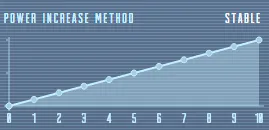
Stable: The skill’s power increases in a stable manner.
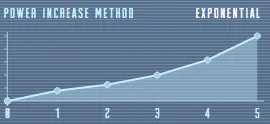
Exponential: The skill’s power increases more and more every time you spend a point on it.
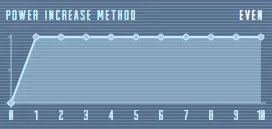
Even: A skill’s power only increases the first time you spend a point on it. The remaining times will affect something else, like lowering the cooldown or cost.
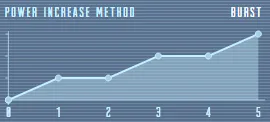
Burst: A skill’s power only increases every time you spend a certain number of points on it. In this case, two.
That’s all for this week! Hope you enjoyed this little look into the skill tree and skill mechanics :)
You can also read the post on our Tumblog! In case you’d like to reblog it: http://blog.madsoftgames.com/post/93607966060/screenshot-saturday-5 ;)
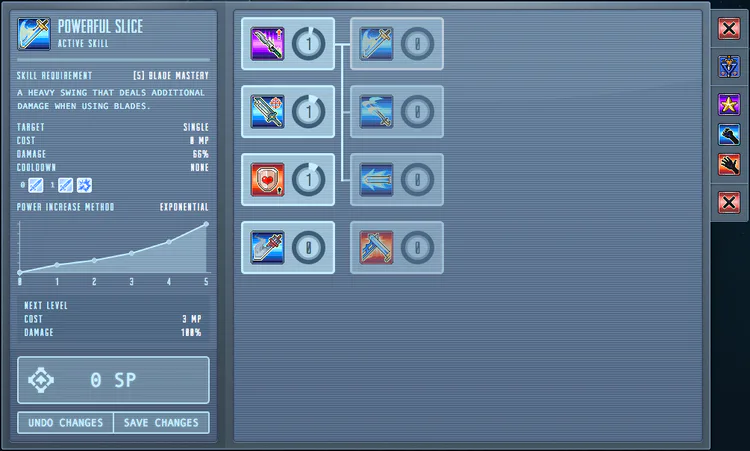
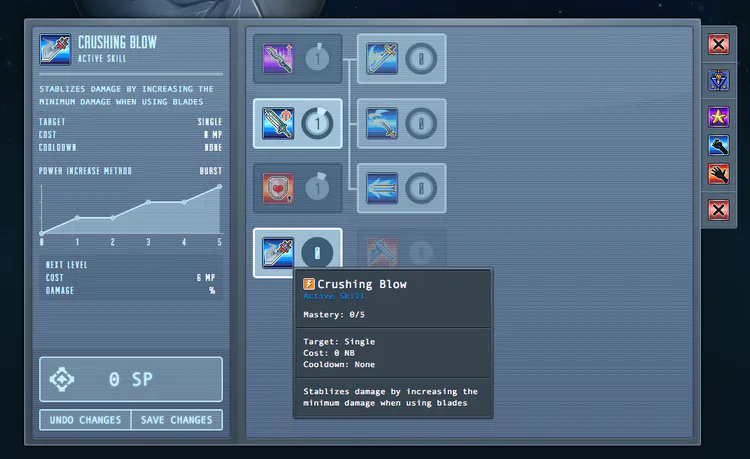
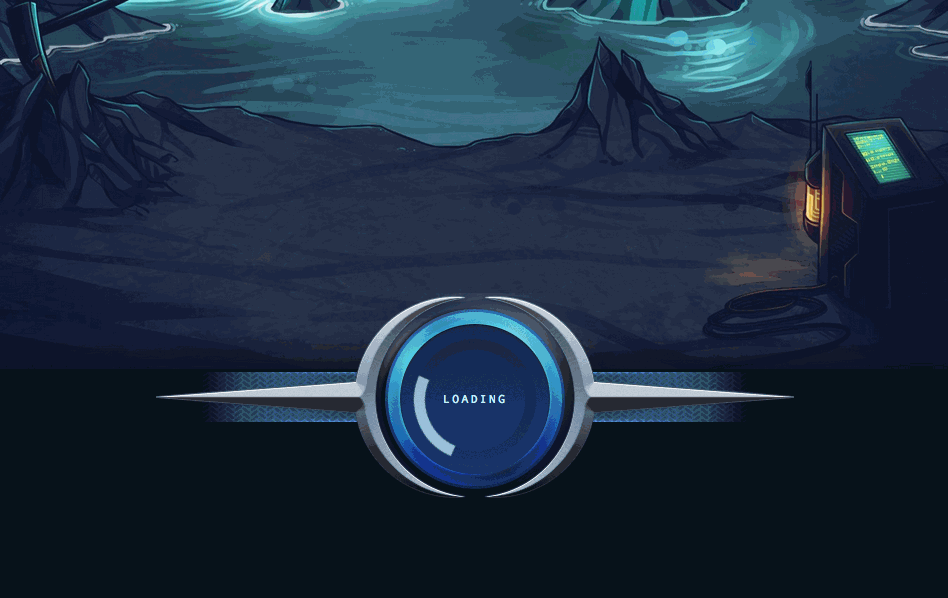

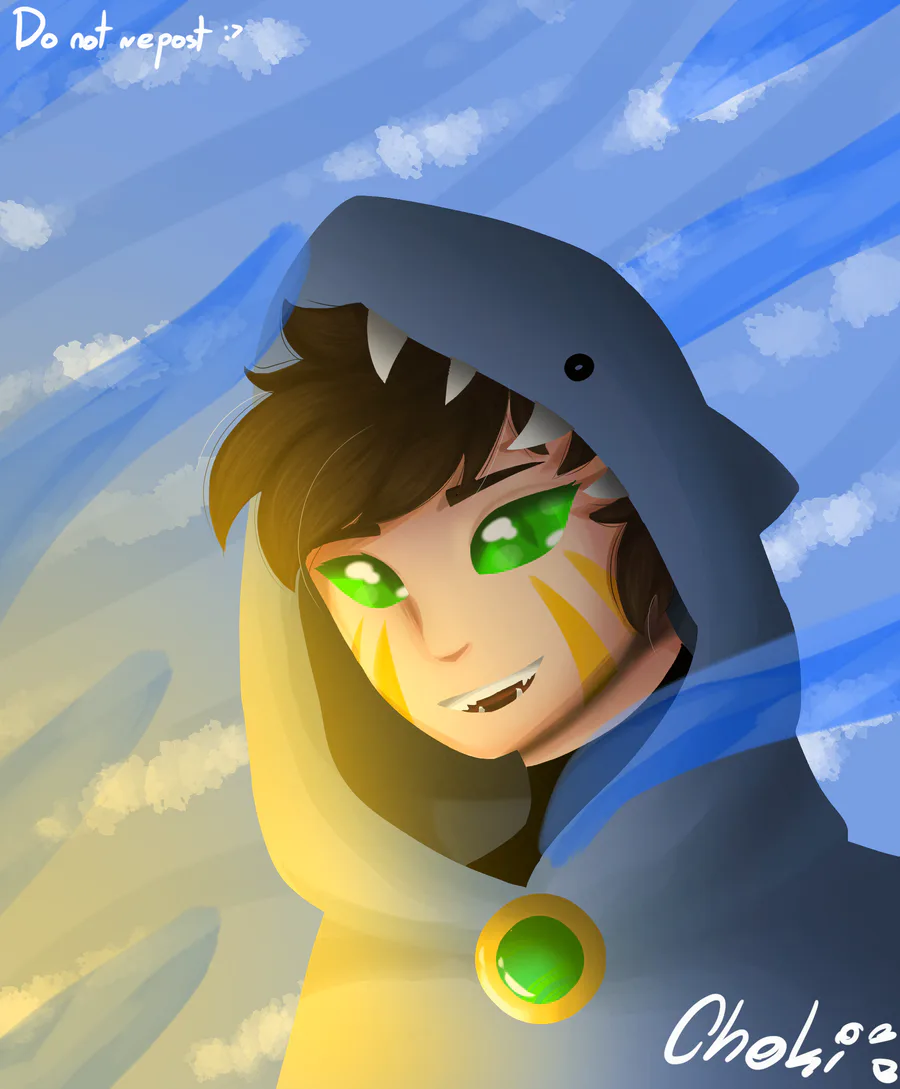

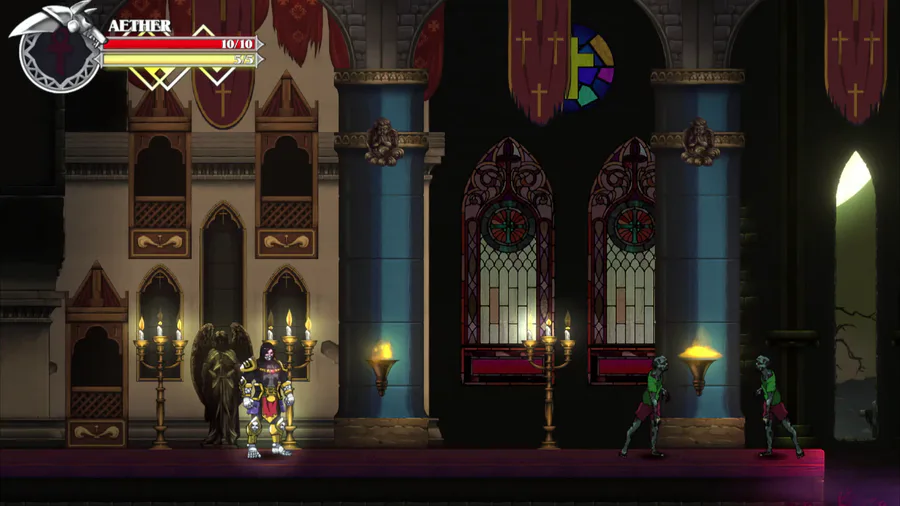


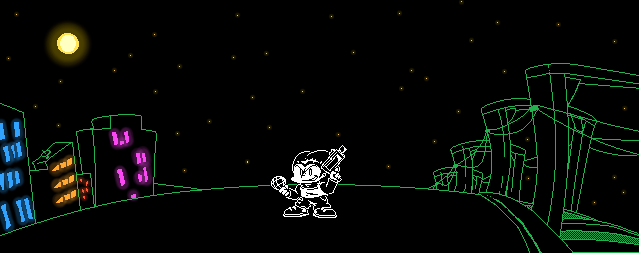
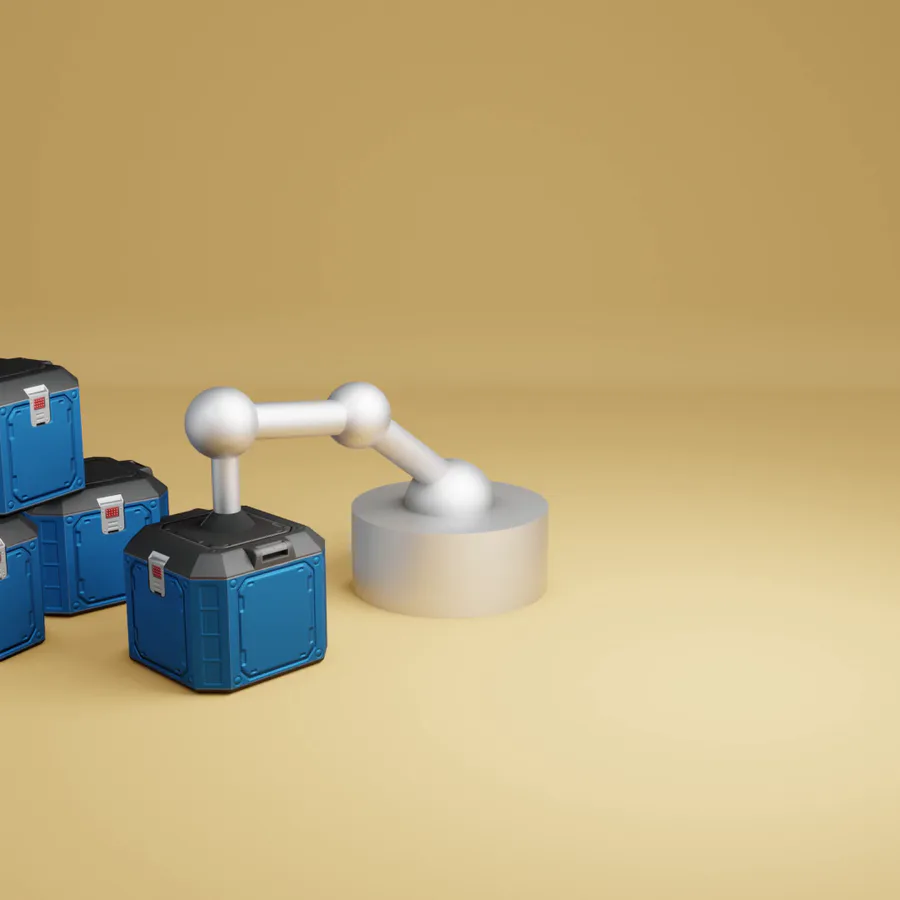
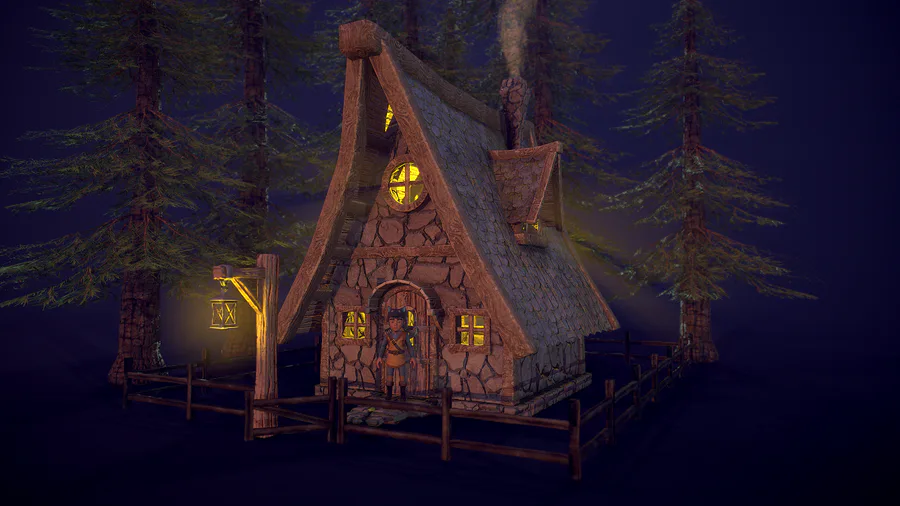

0 comments